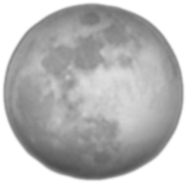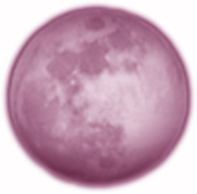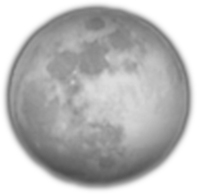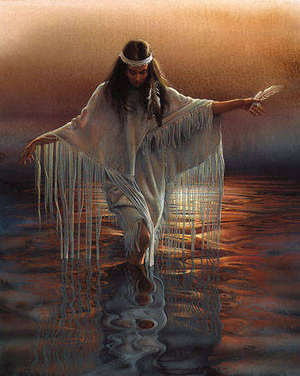November’s Full Moon – November 28 at 6:47 A.M. Las Vegas time.
This Video narrated by Amy Nieskens is from The Old Farmer’s Almanac
From The Old Farmer’s Almanac
Historically, the Native Americans who lived in the area that is now the northern and eastern United States kept track of the seasons by giving distinctive names to the recurring full Moons.
Each full Moon name was applied to the entire month in which it occurred. These names, and some variations, were used by the Algonquin tribes from New England to Lake Superior.
November’s full Moon was called the Full Beaver Moon because it was the time to set traps, before the waters froze over. This Moon was also called the Full Frost Moon.
From Western Washington University
American Indians gave names to each of the full moons to keep track of the passing year. The names are associated with the entire month until the next full moon occurs. Since a lunar month averages 29 days, the dates of the moons change from year to year. Here are two of those names:
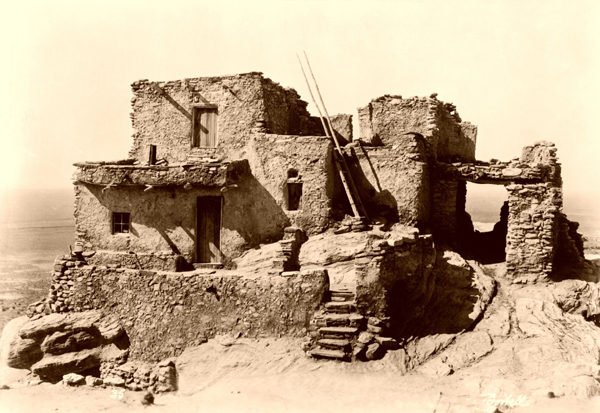
OUT WEST
Hopi – Southwest, Arizona
According to WWU the Hopi word for November’s Moon is “kelmuya” or “moon of fledgling hawk.”

BACK EAST
Passamaquoddy, Northeast U.S. – St. Croix River Region
According to WWU the Passamaquoddy word for November’s Moon is “kelotonuhket” or “freezing moon.”
The Old Farmer’s Almanac
Western Washington University
Visit the main pages of LasVegasBuffetClub.Com



